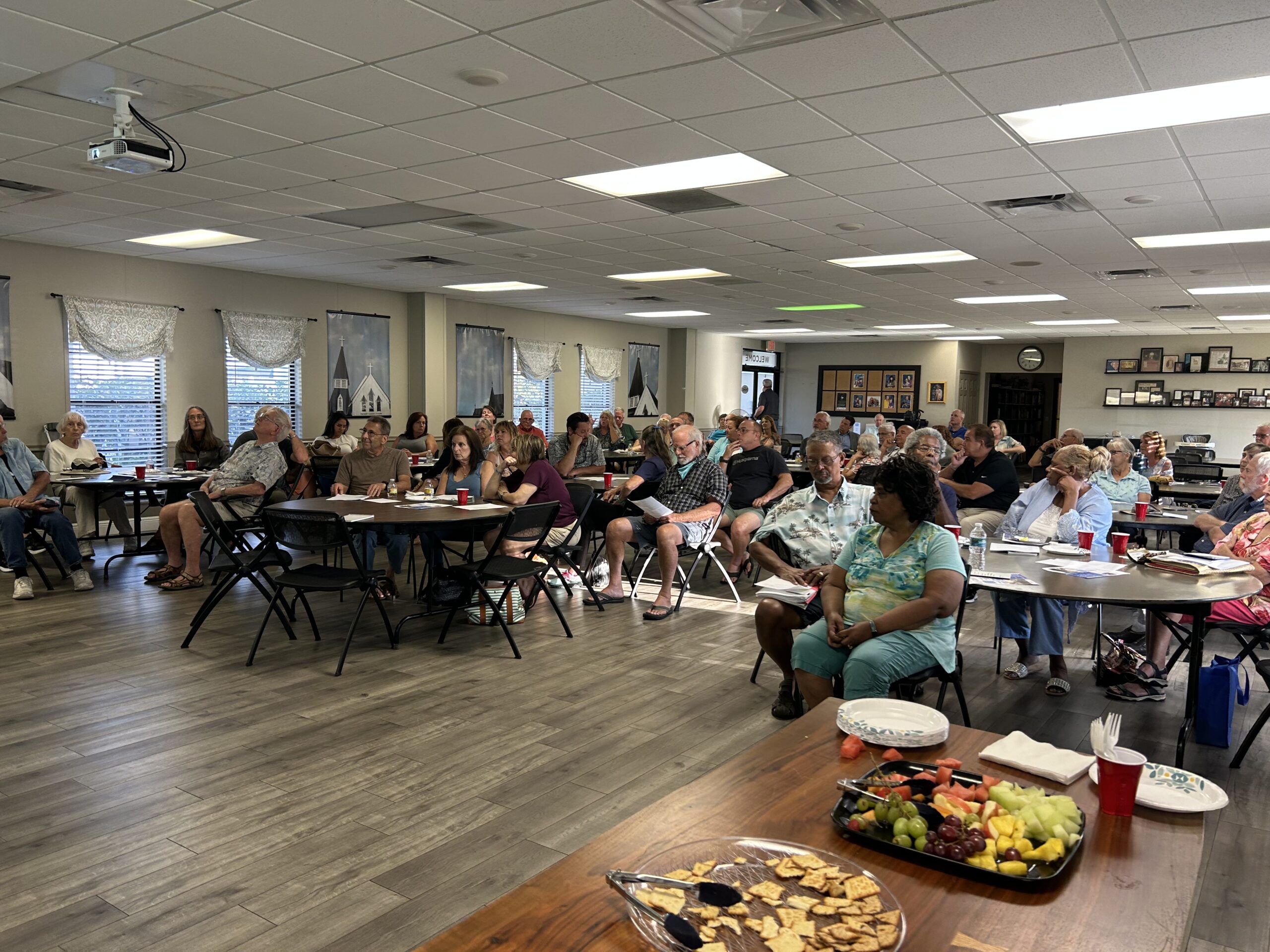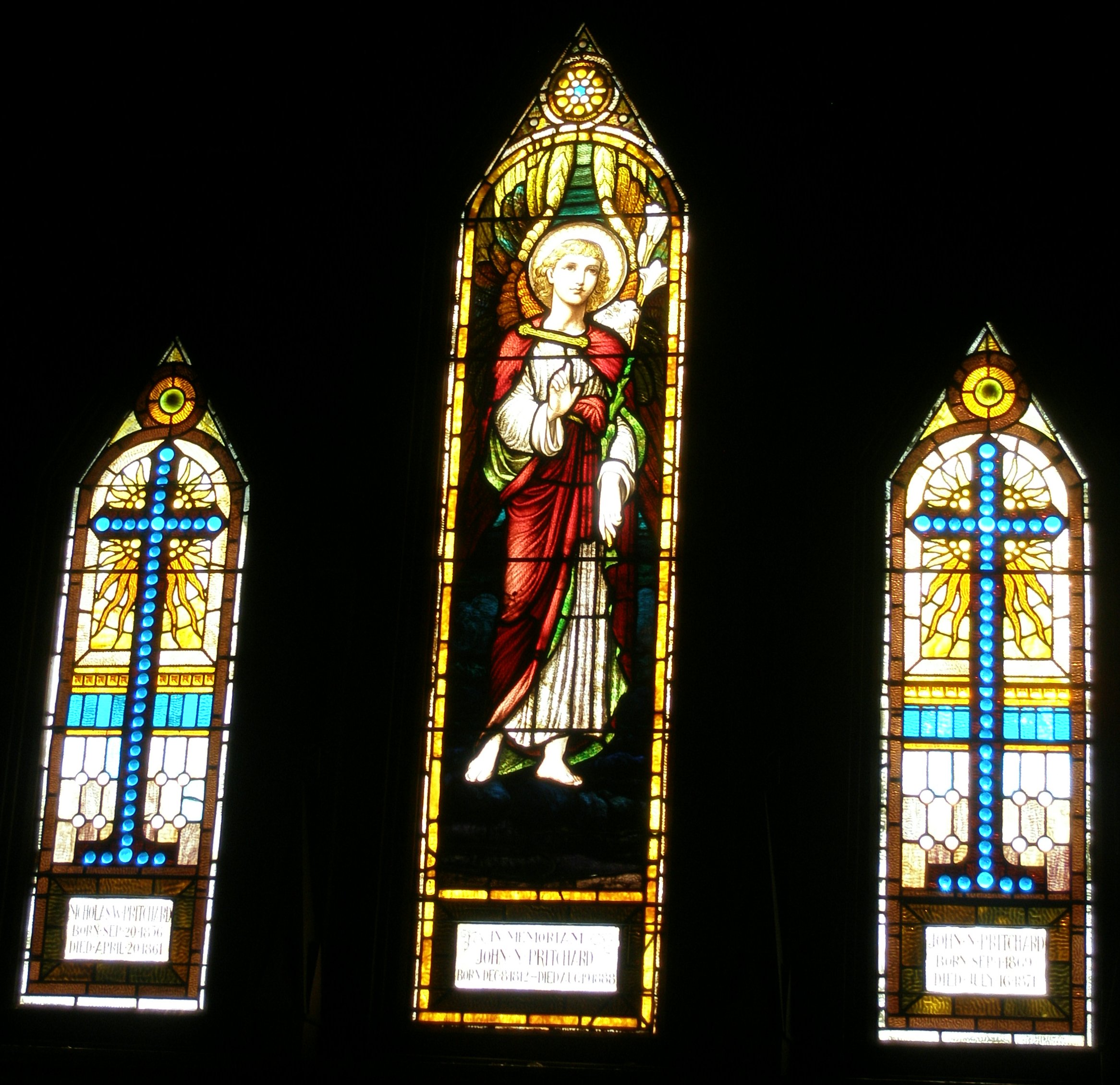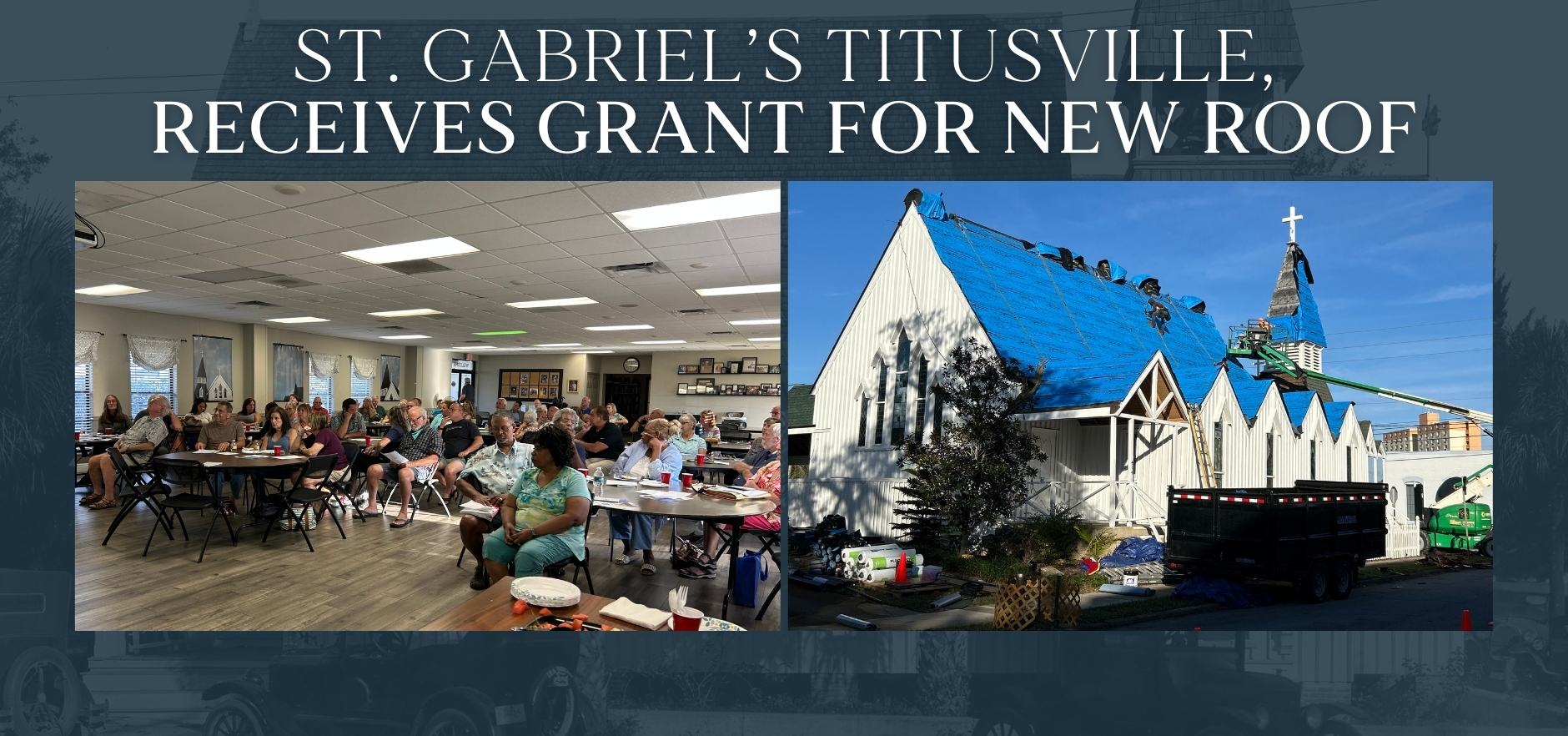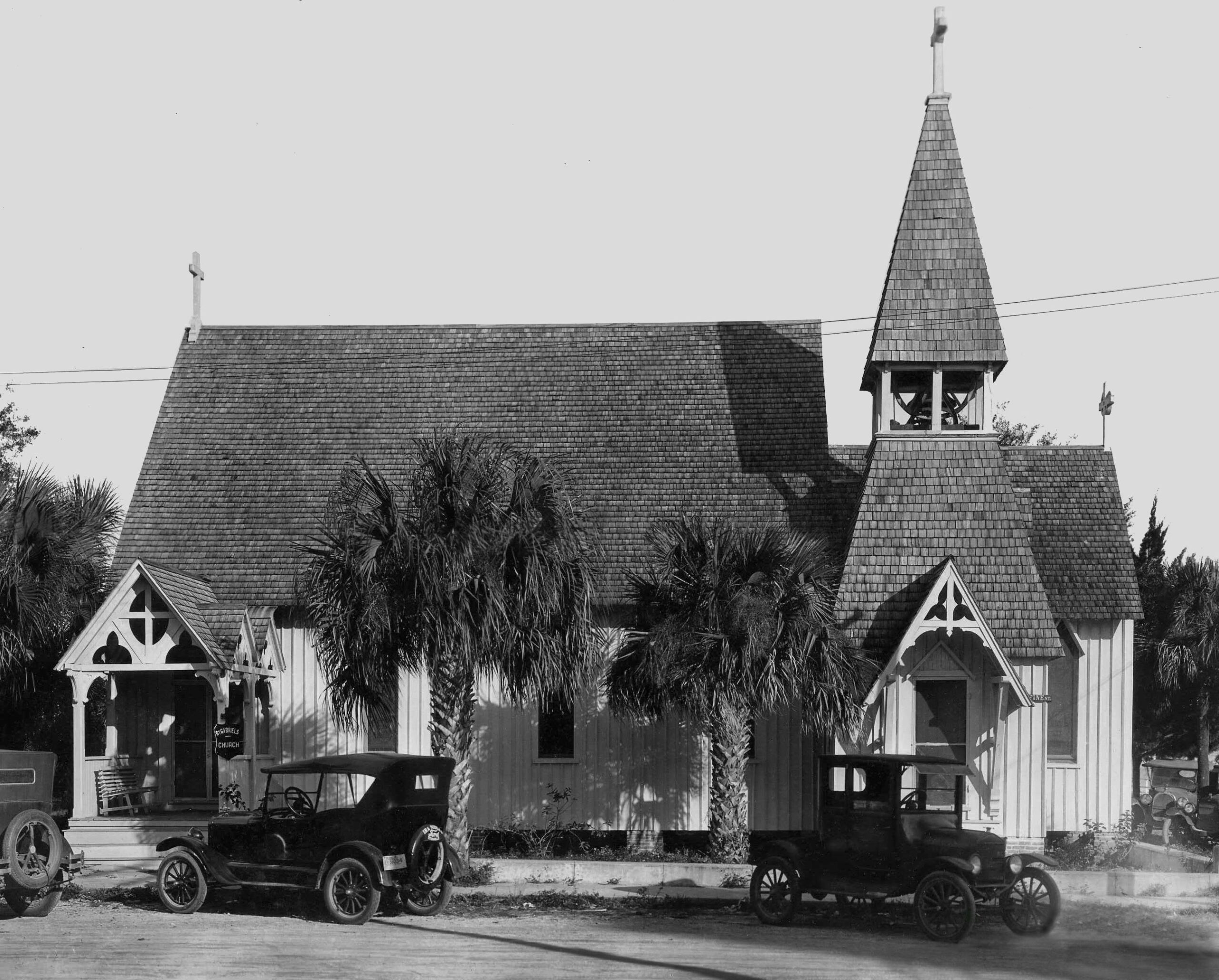St. Gabriel’s, Titusville, was awarded a $34,800 matching reimbursement grant for a new roof from the City of Titusville’s Community Redevelopment Agency on Nov. 14. The CRA offers grants of up to $40,000. St. Gabriel’s will receive the money after the roof is complete and all receipts have been submitted.
“After two storms came through Titusville in early October, we discovered water in the sanctuary,” said the Rev. Rob Griffith, rector. “We had been patching the roof for 18 months from the storms in 2022. I asked our junior warden to get quotes from roofers because the roof was becoming critical. I had announced we needed to raise money for a new roof. The congregation was receptive and generous because we had just entered our pledge drive for 2024.”

St. Gabriel’s hosting CRA’s monthly Community Outreach meeting on Sept. 23. 2023. | Photo: St. Gabriel’s Episcopal Church
“God orchestrated all of this,” he added. “It never occurred to me to apply for a grant.”
On Sept. 23, St. Gabriel’s hosted the CRA’s monthly Community Outreach meeting. These meetings address the vision and future of downtown Titusville and the Community Redevelopment Areas. Sixty-three people from all over Titusville attended, sharing ideas and concepts for proposed updates to the City of Titusville’s Comprehensive Plan. Presenters were Sue Williams, a new redevelopment planner with the City of Titusville; and Brad Parrish, the city’s community development director.
Williams began researching the possibility of a CRA grant for the church after a new parishioner and co-worker, Tracy Bailey, asked her if St. Gabriel’s could receive one. The CRA said it wasn’t funding nonprofits, but Williams discovered that the agency had supported the Titusville Playhouse Inc., a 501(c)(3) nonprofit theater. In addition, an attorney told her that excluding churches from the grant money was illegal.
“Sue called me on Oct. 15 with the good news,” Griffith said. “She said we had to move fast and submit everything by Oct. 31 to ensure we would be on the agenda for the November CRA meeting. I was at the [diocesan] Clergy Conference, so vestry member Polly Schuster Polk got all the paperwork together, and we made the deadline.”
Polk, whose mother’s family, the Pritchards, were founding members of St. Gabriel’s, is the church historian. In the grant application, she emphasized the historical value of the church. “St. Gabriel’s has what many consider the finest collection of Victorian stained glass on the East Coast,” she said.
Polk also emphasized the parish’s importance to the community. “St. Gabriel’s is the church of NASA,” she said. “Parishioners work for or have retired from the Cape [Cape Canaveral Space Force Station].”
In the church’s early days, services were held in private homes since there were not enough people to form a parish. Traveling priests held Communion services; deacons led Morning Prayer. Shuster’s great-grandmother, Mary Pritchard, often baked the bread for the Communion services.

The three altar windows donated by Mrs. Amelia Pritchard, with the center one depicting St. Gabriel | Photo: Polly Polk
St. Gabriel’s later received land for the church from Mary Titus, the wife of Col. Henry Titus, who founded Titusville. Completed in 1887, the church has been holding services continuously since May 31, 1888.
Interestingly, St. Gabriel’s was first called St. John’s. The parishioners changed the name after Pritchard donated the three altar windows. The center window, depicting St. Gabriel, was dedicated in memory of her husband, Col. John Pritchard. The left and right windows were dedicated in memory of her son and grandson, who both died in childhood.
Polk and Vestry Junior Warden Michael Nolle attended the Nov. 14 CRA meeting to answer any questions about the church or the needed repairs. “The CRA was open to St. Gabriel’s receiving a grant,” Griffith said. “The entire board was on track. They appreciated the beauty and historical importance of the church.”
However, Griffith and Polk agree that the true heroine of the story is Williams.
“Sue went beyond anything you’d ever expect a municipal worker to do, researching and explaining her results at every stage,” Polk said. “She helped me put together the most comprehensive application packet. She took hold of this project and never let go.”


